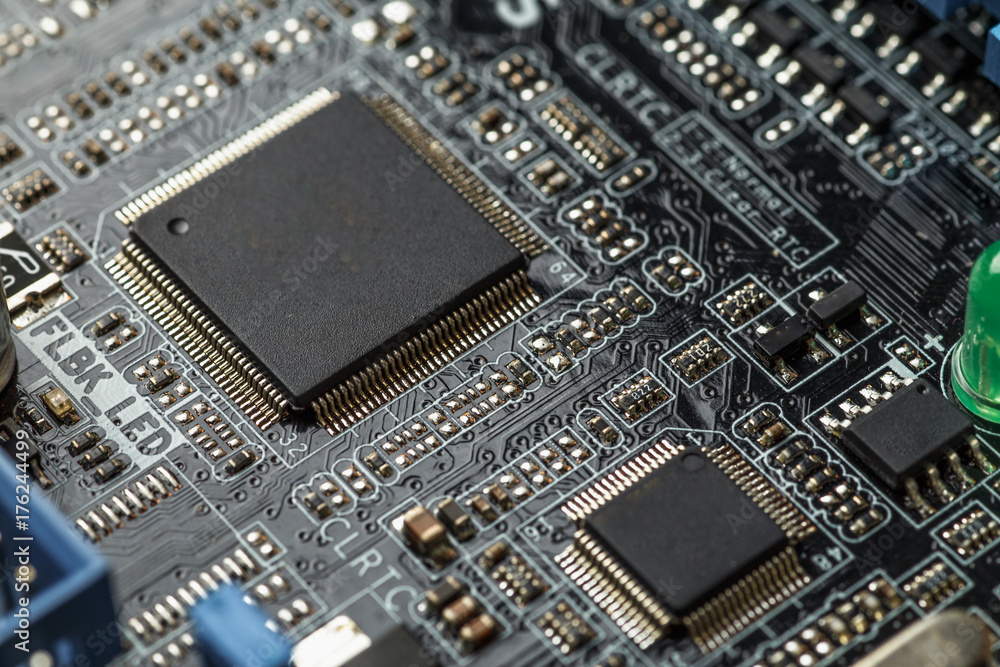In the realm of electronics, the term electronic component that stores charge typically refers to capacitors. These vital components play a crucial role in various applications, from simple circuits to complex systems. Understanding the intricacies of capacitors, their types, functionalities, and applications can significantly enhance our grasp of modern electronics. This article delves into the multifaceted world of capacitors, exploring their significance, operational principles, and the future of charge storage technology.
The Fundamentals of Capacitors
At its core, a capacitor is a passive electronic component that stores electrical energy in an electric field. It consists of two conductive plates separated by an insulating material known as a dielectric. When a voltage is applied across the plates, an electric field is established, allowing the capacitor to store charge. The amount of charge a capacitor can store is directly proportional to the voltage applied and the capacitance value, which is measured in farads (F).
Types of Capacitors
Capacitors come in various types, each designed for specific applications and performance characteristics. Here are some of the most common types:
- Ceramic Capacitors: Known for their stability and reliability, ceramic capacitors are widely used in high-frequency applications. They are characterized by their small size and low equivalent series resistance (ESR), making them ideal for decoupling and filtering applications.
- Electrolytic Capacitors: These capacitors are polarized and typically used for applications requiring high capacitance values. They are commonly found in power supply circuits, where they smooth out voltage fluctuations.
- Tantalum Capacitors: Similar to electrolytic capacitors but with better performance characteristics, tantalum capacitors offer high capacitance in a small package. They are often used in portable electronics due to their reliability and stability.
- Film Capacitors: Made from thin plastic films, these capacitors are known for their excellent stability and low loss. They are commonly used in audio applications and power electronics.
- Supercapacitors: Also known as ultracapacitors, these components bridge the gap between traditional capacitors and batteries. They can store a significant amount of charge and are used in applications requiring rapid charge and discharge cycles, such as energy harvesting and backup power systems.
Operational Principles
The operation of a capacitor is governed by several key principles:
- Capacitance: The ability of a capacitor to store charge is quantified by its capacitance, which is determined by the surface area of the plates, the distance between them, and the dielectric material used.
- Charging and Discharging: When connected to a power source, a capacitor charges up to the voltage of the source. Upon disconnection, it can discharge its stored energy, providing power to the circuit.
- Impedance: Capacitors exhibit frequency-dependent behavior, characterized by their impedance. At high frequencies, capacitors allow AC signals to pass while blocking DC, making them essential in filtering applications.
Applications of Capacitors
Capacitors are ubiquitous in electronic devices, serving various functions:
- Energy Storage: In power supply circuits, capacitors smooth out voltage fluctuations, ensuring stable operation of electronic components.
- Signal Coupling and Decoupling: Capacitors are used to couple AC signals between stages of amplifiers while blocking DC components, enhancing signal integrity.
- Timing Circuits: In conjunction with resistors, capacitors form timing circuits that control the timing of events in electronic systems, such as oscillators and timers.
- Power Factor Correction: In industrial applications, capacitors are employed to improve power factor, reducing energy losses and enhancing system efficiency.
The Future of Charge Storage Technology
As technology advances, the demand for efficient and compact energy storage solutions continues to grow. Capacitors, particularly supercapacitors, are at the forefront of this evolution. Researchers are exploring new materials and designs to enhance the energy density and efficiency of capacitors, paving the way for innovative applications in electric vehicles, renewable energy systems, and portable electronics.
Moreover, the integration of capacitors with other energy storage technologies, such as batteries, is gaining traction. Hybrid systems that combine the rapid charge and discharge capabilities of capacitors with the high energy density of batteries are expected to revolutionize energy storage solutions in the coming years.
Conclusion
Capacitors, the electronic components that store charge, are indispensable in the world of electronics. Their diverse types, operational principles, and wide-ranging applications underscore their significance in modern technology. As we look to the future, advancements in capacitor technology promise to enhance energy storage solutions, driving innovation across various industries. Understanding the role of capacitors not only enriches our knowledge of electronics but also prepares us for the exciting developments that lie ahead in the field of charge storage technology.

